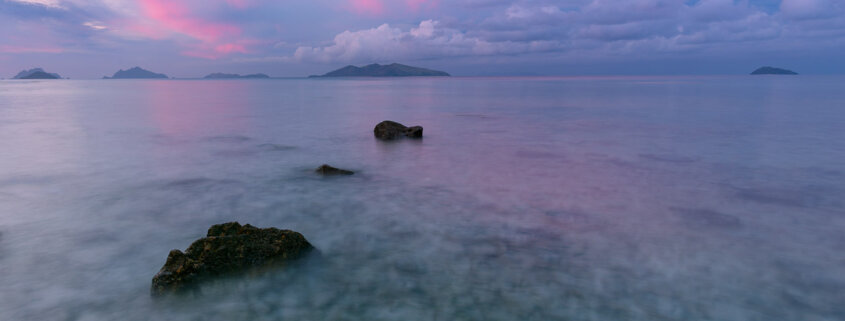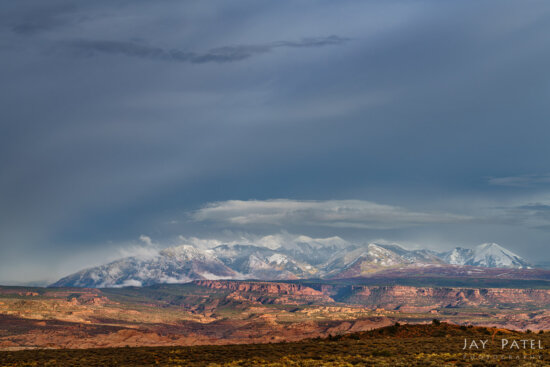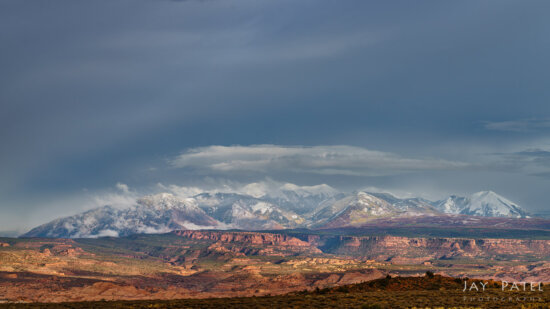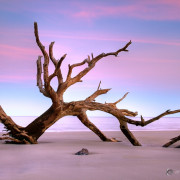Mastering Minimalist Nature Photography Compositions
Minimalist nature photography is a powerful way to highlight beauty, emotion, and storytelling by removing visual clutter. For nature photographers who often work in complex environments filled with chaotic textures, busy backgrounds, and unpredictable elements, learning how to simplify a scene can elevate ordinary landscapes into artistic masterpieces. This guide explores how to create artistic minimalist nature photography compositions using techniques such as uniformity, simplifying your color palette, eliminating distractions, filling the frame, using shallow depth of field, and taking advantage of muted lighting conditions—all while integrating search-engine-optimized concepts for photographers seeking clarity and creative growth.
What Is Minimalist Nature Photography?
Minimalist nature photography is a style that emphasizes simplicity, clean composition, visual balance, and intentional negative space. Instead of documenting every detail in a landscape or macro scene, the photographer isolates one essential element and allows it to stand out. Minimalism reduces visual noise and focuses the viewer’s eye on shape, line, color, or texture—whatever the photographer finds most expressive.
Unlike traditional landscape photography, which often showcases sweeping scenes with numerous elements, minimalist compositions strip away everything except what truly matters. This creates images that feel peaceful, contemplative, and artistically refined.
How Does a Minimalist Composition Benefit Nature Photographers?
Minimalist compositions offer several creative, emotional, and technical benefits for nature photographers:
Encourage visualization
By training yourself to remove distractions and focus on essentials, you develop stronger observation skills—one of the most valuable abilities in nature photography.
Improve storytelling
Minimalist images allow your subject to communicate more powerfully without competition from busy surroundings.
Produce stronger emotional impact
Simplicity conveys mood, serenity, isolation, or drama in ways that busy images cannot.
Help photographers work in “imperfect” conditions
Flat light, sparse landscapes, or mundane locations become opportunities for artistic expression.
Increase your portfolio’s visual diversity
Minimalist nature photography stands out because it highlights artistic intent rather than simply documenting a scene.
Whether you’re shooting mountains, seascapes, flower macros, or forest patterns, minimalism teaches you to simplify, isolate, and emphasize beauty through intentional restraint.
1. Focus on Uniformity Using Textures and Patterns
Textures and patterns naturally occur throughout the natural world—ripples in sand, repeating tree trunks, rolling fog, cracked earth, or a blanket of snow. By focusing on uniformity, you create harmony and calm within the frame.
Why uniformity works in minimalist compositions
Uniformity reduces visual noise and makes it easy for the viewer to identify the main idea of the photograph. Repetition feels pleasing, predictable, and soothing, which fits perfectly with minimalist aesthetics.

Minimalist nature photography composition at White Sands National Park, New Mexico (NM) by Jay Patel
In the example above the parallel ripples, repeating in a rhythmic pattern, create a uniform texture that fills the frame and helps highlight the single cactus plant struggling to survive. There’s no clutter—just a simple, abstract scene that highlights nature’s quiet order.
Tips for using uniformity effectively
- Look for repetition in natural lines, shapes, or tones.
- Avoid mixing too many patterns—keep it simple and intuitive.
- Use a telephoto lens to compress patterns, or a macro lens to fill the frame.
- Shoot from directly above or directly in front when possible; straight-on angles enhance uniformity.
Uniform textures are one of the easiest ways to create instant minimalism in nature photography.
2. Simplify Your Color Palette
Color plays a powerful role in minimalism. The fewer colors in your composition, the simpler and more artistic your image will feel.
Monochromatic or analogous colors create minimalist harmony
A monochromatic palette uses one color with variations in brightness or saturation. Analogous palettes use colors that sit next to each other on the color wheel—like green and teal, or red and orange.
These choices naturally create low-contrast, minimalist scenes that feel cohesive and elegant.

Minimalist nature photography composition with a limited color pallet in Banff National Park, Alberta – Canada by Varina Patel
A frosty morning meadow with different shades of blue—prominent forms, pale blue haze, and deep shadow tones. The scene becomes monochromatic, enhancing its minimalist serenity.
Tips for simplifying your color palette
- Use fog or snow to remove visual distractions and unify tones.
- Shoot at dawn, dusk, or under overcast skies for natural desaturation.
- Avoid mixing warm and cool colors unless you do so intentionally.
- Use post-processing to subtly reduce saturation or unify hues.
Minimalism thrives when the color palette feels intentionally limited and harmonious.
3. Eliminate Distracting Elements by Cropping
Does “one size fits all” really make sense? We can’t possibly expect every landscape photo to fit neatly into the camera’s standard 3×2 format. One of the most effective ways to simplify a nature composition is to remove anything that doesn’t support your subject.
Even if your original frame feels cluttered, cropping can transform the image into a minimalist masterpiece.
Imagine photographing a mountain range in the distance. The original shot includes lots dead space in terms of sky. But with a careful crop the dead space is eliminated and the single mountain range becomes prominent.
How crop ratios help minimalism
Different crop ratios create different moods:
- 1:1 square crop → balanced, calm, structured
- 16:9 panoramic crop → expansive, cinematic minimalism
- 4:5 or 5:7 vertical crop → perfect for isolating tall subjects like reeds or aspens
Tips for removing distractions
- Zoom in or move physically closer.
- Use negative space to separate your subject.
- Crop to emphasize shape, not clutter.
- Always check the edges of your frame for “noise”: bright spots, sticks, leaves, messy textures, or stray elements.
Minimalism is as much about what you remove as what you keep.
4. Fill the Frame with a Single Object of Interest
Filling the frame is a classic minimalist technique that instantly removes clutter by excluding everything except your main subject.
In the image above, I used a telephoto lens to fill the frame with the rays of light emanating from the rocks. Additionally, the use of a single color palette helped create a clean, minimalist nature photography composition.
Ways to fill the frame in nature photography
You can fill the frame using:
- A telephoto lens to isolate distant subjects and compress the scene
- A wide-angle lens at close range (getting close may require using hyperfocal distance or focus stacking to keep everything sharp)
- A macro lens to showcase the intricate details of flowers, leaves, or ice formations
Technical considerations
When you get close, depth of field becomes incredibly shallow:
- Use hyperfocal distance for landscapes where you want foreground + background sharpness.
- Use focus stacking for macro or close-up work where you need consistent detail across the frame.
Filling the frame with a single subject transforms even simple objects into artistic minimalist compositions.
5. Use Shallow Depth of Field to Isolate Your Subject
Shallow depth of field (shallow DOF) is one of the most powerful artistic tools in minimalist nature photography. It allows you to simplify even the most chaotic environments by blurring everything except your main subject.
Why shallow DOF works
It creates instant separation, eliminating background distractions and reducing complex scenes into soft, dreamy fields of color.
Tips for using shallow depth of field effectively
- Choose a wide aperture (f/1.8–f/4 depending on your lens).
- Increase the distance between your subject and background to maximize blur.
- Use long focal lengths (200mm, 300mm, 400mm) for buttery smooth bokeh.
- Get close to your subject for extreme separation.
Shallow DOF is particularly effective for:
- Flower photography
- Birds or wildlife portraits
- Small plants or leaves
- Abstract details in nature
With shallow depth of field, even cluttered environments can become minimalist masterpieces.
6. Use Muted Light Conditions Provided by Overcast Skies
Overcast skies are a minimalist photographer’s best friend. Soft, diffused light eliminates harsh shadows and contrast, creating gentle transitions and subdued tones that are ideal for minimalist nature compositions.
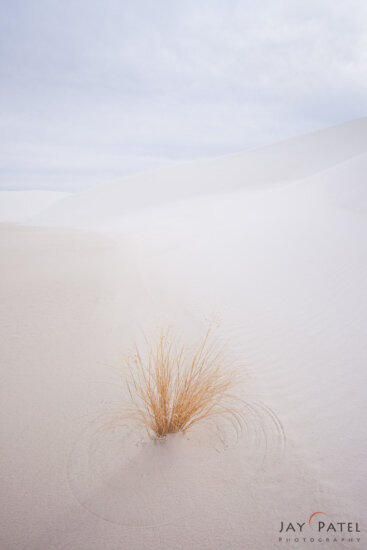
Minimalist nature photography composition under muted light conditions at White Sands National Monument, NM by Jay Patel
Why muted light enhances minimalism
- Colors become softer and more cohesive.
- Textures appear smoother and more uniform.
- Shadows no longer distract from your subject.
- Dynamic range becomes easier to manage, reducing the need for heavy editing.
Where muted light excels
- Forest scenes
- Macro photography
- Waterfalls and streams
- Beach details (sand patterns, shells, driftwood)
- Snowy landscapes
On overcast days, the entire world becomes a giant softbox—perfect for creating elegant, artistic minimalist nature photographs.
Key Techniques for Minimalist Nature Photography Compositions
Minimalist nature photography is one of the most artistic and expressive styles available to outdoor photographers. By simplifying your scenes, eliminating distractions, and focusing on essential elements, you can create images that evoke emotion, clarity, and visual serenity.
The key techniques include:
- Focusing on uniform textures and patterns
- Simplifying your color palette using monochromatic or analogous hues
- Removing distractions through careful cropping or alternate crop ratios
- Filling the frame with a single subject using telephoto or close-range techniques
- Using shallow depth of field to isolate your subject
- Taking advantage of muted lighting conditions such as overcast skies
Minimalism invites you to slow down, observe more intentionally, and allow the beauty of nature to speak quietly yet powerfully through your images.
Conclusion
Artistic minimalist nature photography is more than a style—it’s a mindset. It teaches you to see differently, compose intentionally, and focus on what truly matters. Whether you’re photographing sweeping landscapes or delicate macro scenes, minimalism encourages you to remove clutter, reduce visual noise, and create photographs that feel clean, elegant, and emotionally resonant.
By embracing uniformity, simplified color palettes, selective cropping, shallow depth of field, and soft lighting, you can transform even ordinary moments into compelling minimalist works of art. For nature photographers seeking a fresh creative direction, minimalist composition is one of the most effective ways to elevate your craft and build a memorable, impactful portfolio.

